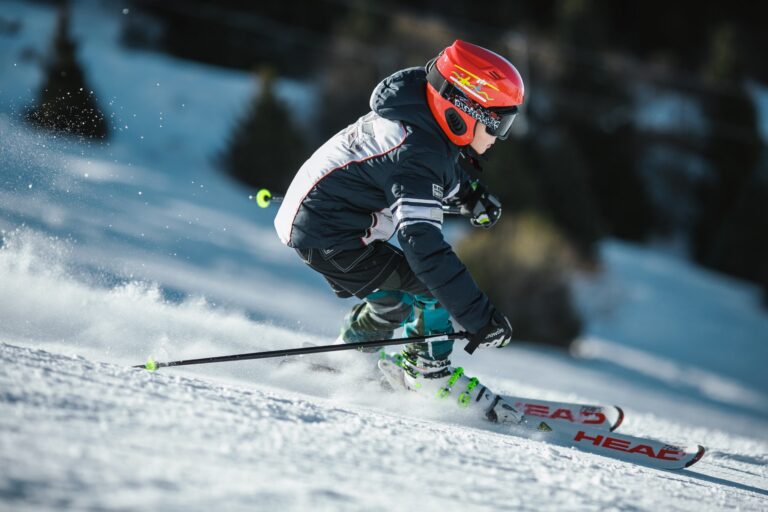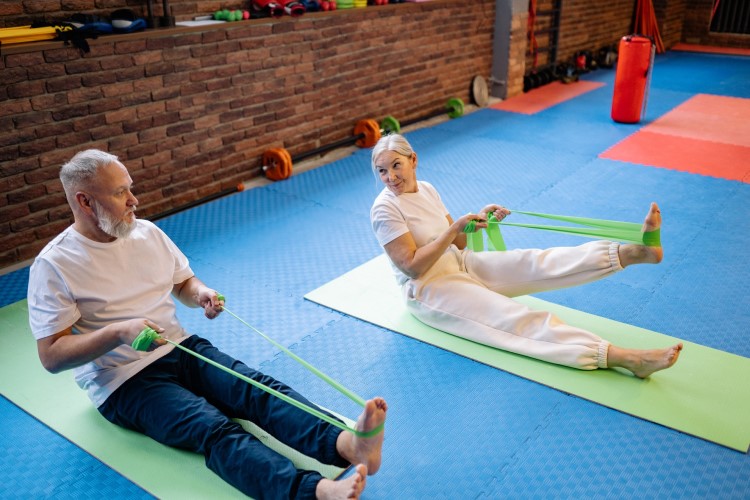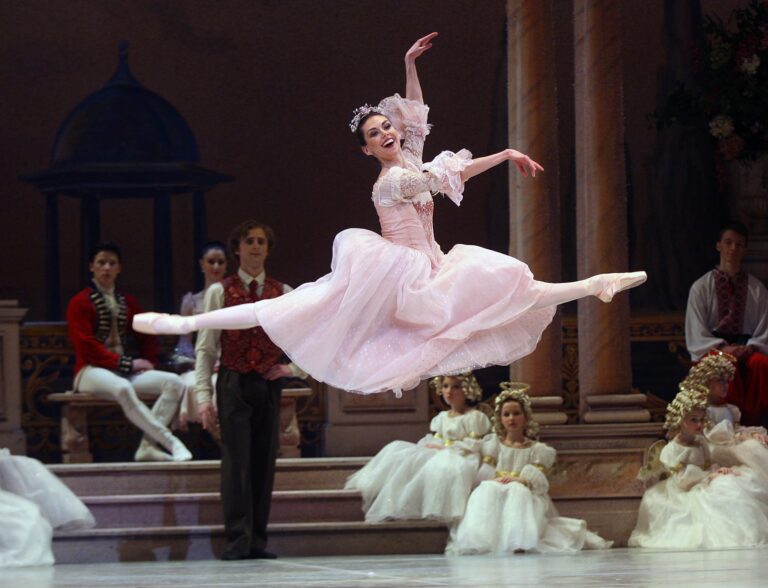Sign-Up to be Ski Fit Ready!
Sign-up for our free Ski Fit Ready Program for the month of October only!

The name “Tennis Elbow” suggests tennis players are highly prone to this particular injury. While this can be the case due to their wrist bending backwards when they hit the ball, this injury is more common in people who don’t play professional tennis. Any job or sport which requires frequent backward bending or overuse of…
The COVID-19 pandemic has significantly impacted our daily activities. As a charity, we’ve experienced a significant decrease in funding, reduced staffing, and postponement of our clinical research programs.

If you’ve ever tried to fire up your quads post-knee injury or surgery and felt like they ghosted you—welcome to the maddening world of arthrogenic muscle inhibition, or AMI. It’s the physiological equivalent of your quad saying, “Yeah nah,” and slamming the door shut just when you need it most. What is AMI? In simple…

Research shows that the fitter the individual the less likely they are to be injured. If you’ve been active all summer, all you need is a bit of specific work to start your season, but if you’ve spent the last month or so at a desk or on the couch, you’ll need to build some…

The shoulder is one of the largest joints in the body that is also able to move through the greatest range of motion. Our shoulders help us with many every day tasks such as reaching overhead, pushing, pulling, and lifting. Improving and maintaining optimal shoulder health also helps reduce the risk of injury. Recently, Banff…

Given the high volume of jumping performed in a typical ballet class (up to 200 jumps per 90 minute class1), you would expect ACL injuries to be ubiquitous amongst ballet dancers.